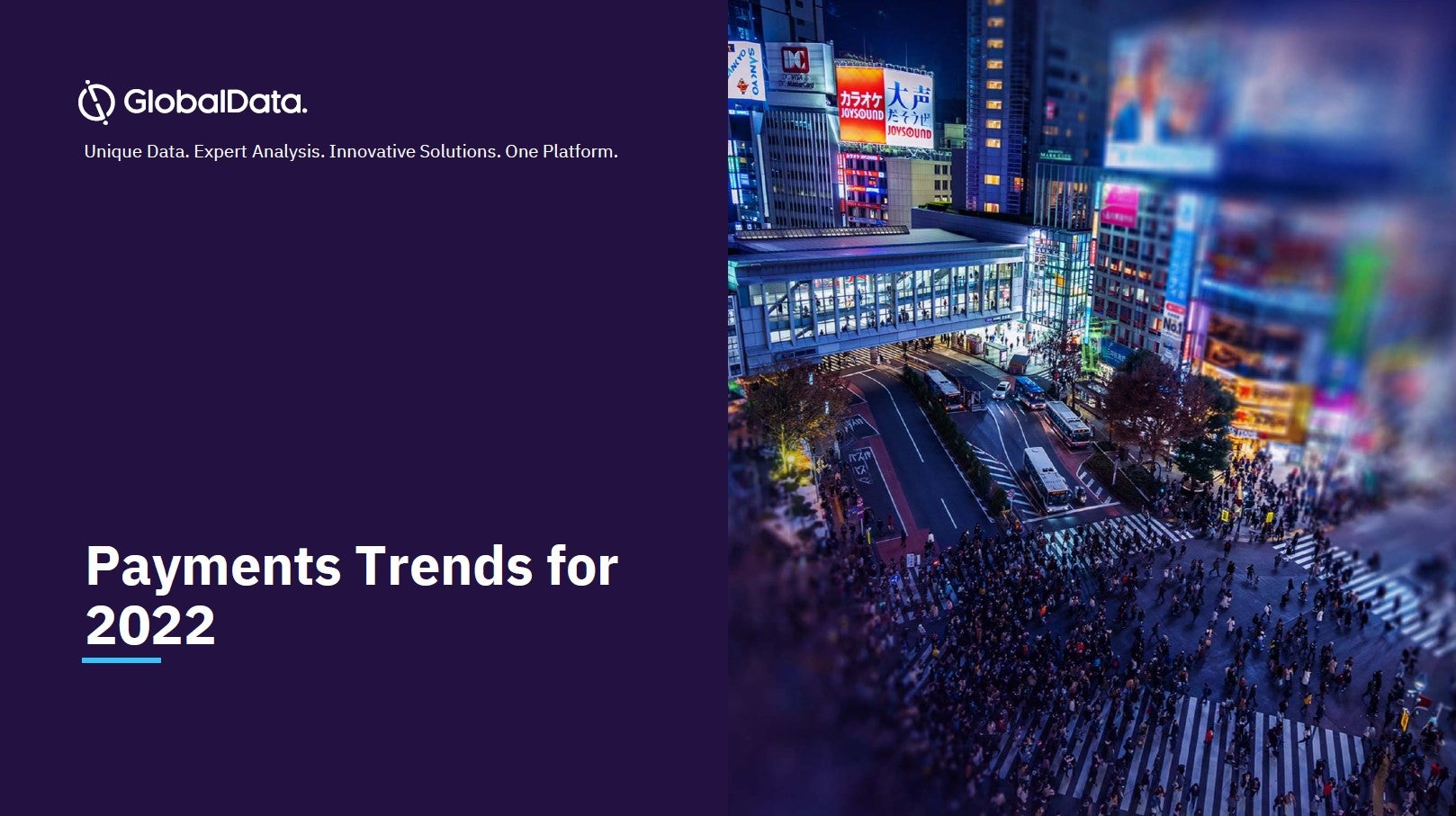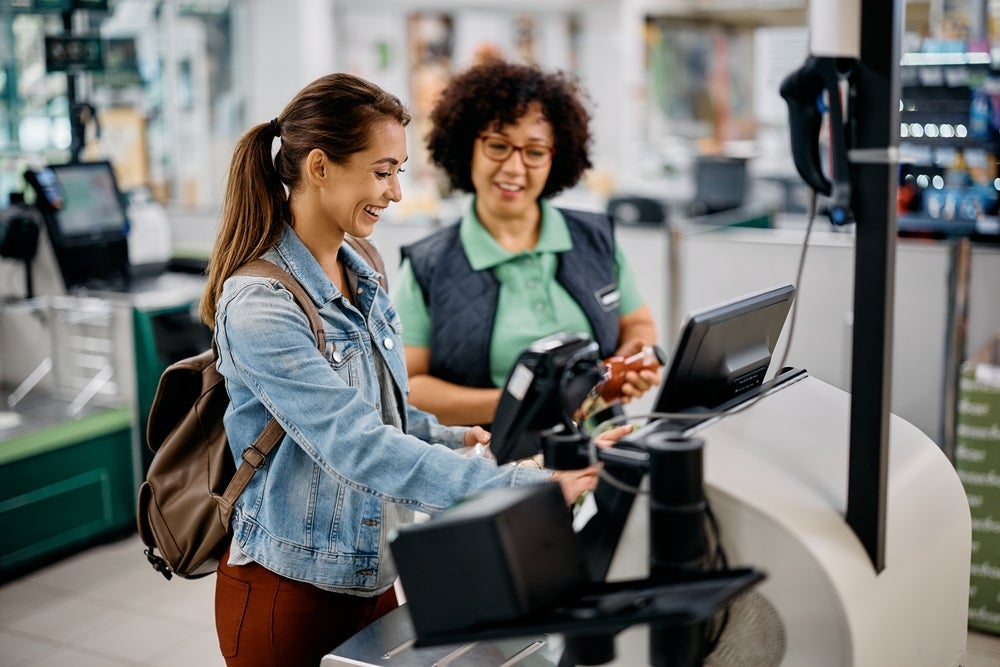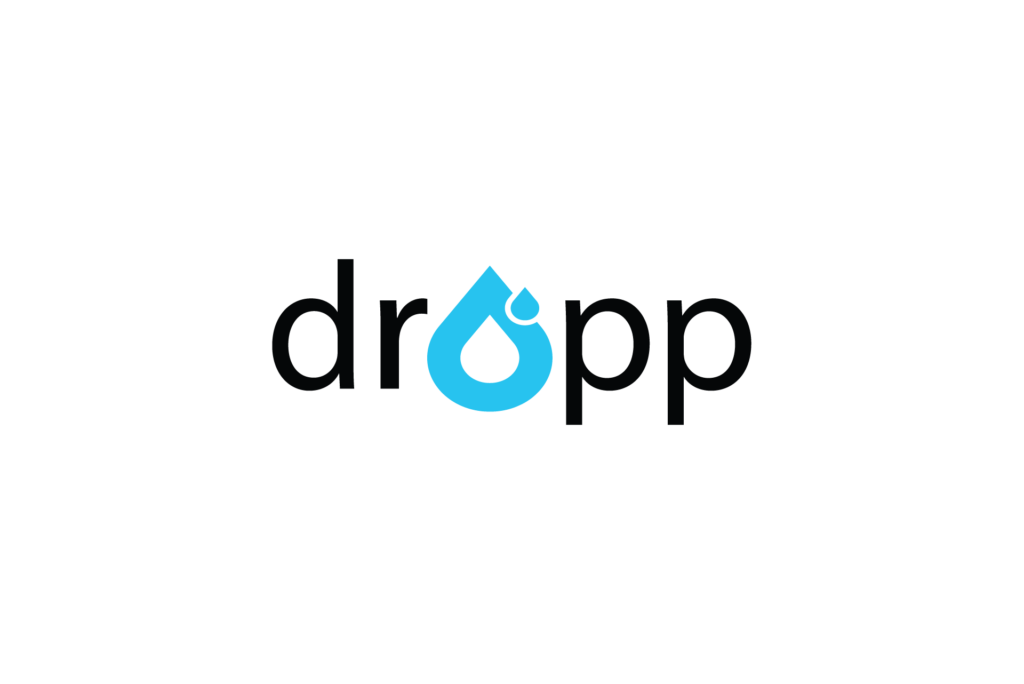The micropayments dilemma is a tough one to answer. When defining what a micro transaction should be is problematic in itself, it seems inevitable that it will be a long way off before a business case becomes cost-effective for all members of the payment chain. Louise Naughton investigates.
 "A micropayment is defined as an online or mobile, real-time or deferred, financial transaction below 5 [$7]", says consultancy firm Value Partners.
"A micropayment is defined as an online or mobile, real-time or deferred, financial transaction below 5 [$7]", says consultancy firm Value Partners.
The definition of micropayments varies widely between different organisations. While PayPal claims micropayments are transactions of less than $12, consulting group InnoPay says they are a payment of very low value, often under 1.
Advisory firm Cartio.com, meanwhile, decides against a monetary limit, citing a micropayment to be the process of transferring "small sums from one person or organisation to another quickly and without fuss".
The very fact that these companies felt it necessary to define a micropayment, often with a value limit, shows the industrys need for a clear distinction to be made for this up-and-coming payment mechanism.
How well do you really know your competitors?
Access the most comprehensive Company Profiles on the market, powered by GlobalData. Save hours of research. Gain competitive edge.

Thank you!
Your download email will arrive shortly
Not ready to buy yet? Download a free sample
We are confident about the unique quality of our Company Profiles. However, we want you to make the most beneficial decision for your business, so we offer a free sample that you can download by submitting the below form
By GlobalDataYet during a round table organised by Electronic Payments International, participants were of the collective view that an imposed definition would suffocate and restrict micropayments.
Henry Alty, a manager at Value Partners, claims the monetary value of the consultancy firms definition is "definitely flexible". He claims the 5 ($7) distinction was necessary to show how a micropayment differs between a full-blown transaction as there is no clearly defined line between something that costs 10 and something that costs 2-3. 5 therefore became the "convenient benchmark".
Flexibility
While PayPals definition of $12 was broadly agreed to be "a bit on the high side", there is an argument that there is no need to put a limit on the value of a micropayment at all.
Once people get used to micropayment solutions online, they may start to want more flexibility when it comes to the value of the transaction a trend already seen with contactless and the continuing dilemma that has arisen about setting payment limits using the technology.
A false line could potentially harm the adoption and momentum of micropayments as a payments solution.
 Neil Stewart, who works in risk product development for Visa Europe, believes a micropayments value will be self-defined by consumers as the point at which people are "bothered" to make a micropayment or a low-value payment mechanism vs a "typical" transaction. Consumers and merchants alike have seen this way of paying take off using contactless technology. Micropayments could work in the same way contactless does, in that merchants allow a set number of offline transactions to be processed until it forces the terminal to go online and the payment to be authorised.
Neil Stewart, who works in risk product development for Visa Europe, believes a micropayments value will be self-defined by consumers as the point at which people are "bothered" to make a micropayment or a low-value payment mechanism vs a "typical" transaction. Consumers and merchants alike have seen this way of paying take off using contactless technology. Micropayments could work in the same way contactless does, in that merchants allow a set number of offline transactions to be processed until it forces the terminal to go online and the payment to be authorised.
The monetary value of a micropayment could therefore be based around this idea of convenience and the consumer not feeling the need to authorise seemingly meaningless transaction. It is thought many consumers would not want to waste time authorising a £0.05 ($0.08) payment but would want to have more security for a higher amount.
If the industry is to set a micropayment limit, it has to be taken into account that such a value is determined by a persons national identity, the kind of economy they are working in and the values that they are used to. A micropayment to a high earning professional could be a world apart from how a person working in another industry views micropayments.
The definition can also vary depending on where you are in the payment value chain. To a consumer, a micropayment is probably pennies but a merchant will probably view a micropayment as something less than £1, says Adrian Jenkins, European VP for SaaS billing and marketing solutions provider Vindicia.
"If I am sitting on the liability of a payment I will want a higher burden of authentication against the value of that transaction," says Stewart.
"You wouldnt class buying a newspaper and a coffee in the same basis as buying a new fridge. It all comes down to the definition of the payments risk profile and whos responsible for the liability for when it goes wrong."
Digital vs physical
 Value Partners also decided to centre its micropayments definition on online and mobile transactions, claiming the face-to-face market to be quite well served.
Value Partners also decided to centre its micropayments definition on online and mobile transactions, claiming the face-to-face market to be quite well served.
"The main question we wanted to answer was how does a company accept payment from consumers that are physically not in front of you for digital goods and services?" says Kim Chua, a manager at Value Partners.
This separation of the online/digital space and the bricks-and-mortar space is something Thomas Lennox, commercial development executive at payment processing company Sage Pay, deems unnecessary as he believes there has been a move towards accepting digital goods as being as tangible as any other product.
"I think there was a time when people wouldnt really accept the concept of paying real money for something that doesnt actually exist, yet that seems to have gone away now," says Lennox.
Face-to-face transactions are also not being served as well as some may think, argues Jenkins. He believes cash to be more inconvenient than the alternative payment mechanisms, as having to buy a product for £0.59 with a £5 note is going to leave a consumer with a pocket full of change. A micropayments solution matching the experience a consumer gets online is one that is sorely needed.
Micropayments in the physical world could be solved by contactless solutions but the actual fulfilment of the transaction means there is risk associated with the technology again highlighting the absence of a true real-time micropayments solution for the bricks-and-mortar space.
Using car ticketing as an example, contactless technology may not be the answer as it cannot be processed online and cannot be authorised in real-time. Therefore a parking permit may expire by the time a consumer gets a response back saying the transaction was declined.

Business models
Although there are differing views when it comes to defining micropayments, the real test of a true micropayments solution is in the development and implementation stages something that seems some way off, according to Value Partners Chua.
"Media players are still working out their business models so even if the payments industry was to come up with the payment solutions tomorrow, they are still grappling between the benefits of free, advertising-funded and subscription models," she says.
"To them, it is all about cost and making it a seamless experience for their customers."
Media companies may also not just stop at one business model for micropayments. Vindicias Jenkins says some media clients are currently experimenting with different business models to give them a much narrower but deeper engagement with their audience or customers.
 This deeper engagement may have to be tailored for different digital goods and services, however. For example, there is going to be a certain upper limit as to who is going to engage with teenage situation comedies. But with a more business-led programme, a different type of customer engagement and relationship will ensue. Different revenue relationships with different demographics will mean different business models.
This deeper engagement may have to be tailored for different digital goods and services, however. For example, there is going to be a certain upper limit as to who is going to engage with teenage situation comedies. But with a more business-led programme, a different type of customer engagement and relationship will ensue. Different revenue relationships with different demographics will mean different business models.
The payments industry will just have to play the waiting game for these models to take shape and evolve.
The costs card schemes and any micropayments solution attribute to the processing of a transaction of £0.99 for example, is in part dependent on the cost attributed to risk, says Visas Stewart. Regardless of the large volume of payments, their small value and loyal customer base any micropayments solution serves, the risk associated with micropayments remains high.
For those looking to cut costs in micropayments processing, this will come as a blow.
"The loss of micropayments is peanuts individually but you start skimming one% off the top of an estimated sixbn market, it will be interesting what fraud starts to appear," says Stewart.
So the cost of authorising micropayments, whether they be £0.01, £0.50 or £3, must play a part in the total cost of the transaction and cannot be a cost that is cast aside simply because a consumer or merchant does
not view the payment as worth authorising.
Not only does Robert Courtneidge, global head of cards and payment at law firm Salans, point out that payment services regulation simply does not allow the practice of a customer being able to relinquish their right to dispute a payment for up to a year, but to encourage the practice of consumers being comfortable with unauthorised micro transactions could give rise to fraudulent companies selling digital goods that do not live up to expectations simply because there is no comeback now the consumer/merchant has accepted liability through not authorising the transaction.
This would damage brand value, a merchants reputation and seriously harm a users experience of purchasing digital goods and services.
Social responsibility
Although Value Partners report says it is imperative for a micropayment solution to be user friendly to allow for impulse purchases and therefore gain mass market acceptance, merchants can face moral implications for offering such an "easy" payment mechanism especially in the gaming world.
"Gambling is a slippery slope for some people and by giving them a single click payment mechanism for £0.59 a go, a merchant is making it really easy for people to spend a lot of money," says Stewart.
"People have racked up thousands of pounds of potential debt through buying Olympics tickets and they are not micropayments just because they are sitting online and its easy."
It is difficult to say who owns this responsibility towards consumers and ensures they are spending within their means. The lines become blurred when the payment is delegated through a card or prepaid wallet as the opportunity for ownership and responsibility becomes delegated as well.
 John France, managing director of the European division of payments and online financial management solutions provider eWise, says if you keep the relationship between the consumer and where their money is stored, ie, a bank, the number of parties involved in the payment is reduced, allowing it to become evident who owns the customer and who is responsible for their spending.
John France, managing director of the European division of payments and online financial management solutions provider eWise, says if you keep the relationship between the consumer and where their money is stored, ie, a bank, the number of parties involved in the payment is reduced, allowing it to become evident who owns the customer and who is responsible for their spending.
Underpinning Frances argument is the idea that a consumer is making a conscious decision in instructing a bank to debit their account based on being able to view their available funds. Doing so, he argues, would relieve a merchant of having to invest time and resources into consumer education on responsible spending behaviour.
The problem with wallets
While consumers can see their online bank balances decrease as they spend, or failing that, reach a point where they can spend no longer, the same cannot be said for prepaid wallets. Until a wallet goes online, money simply does not come out. It is not until the shadow version is reconciled with the physical version that a consumer sees they have overspent. This allowance for consumers to spend and spend is worrying in the micropayments arena.
Another stumbling block for wallets is their prepaid model and often closed-loop nature. A customer is not going to want to load £50-worth of funds onto a wallet that is only accepted by a handful of merchants to make micropayments. It is unrealistic and naive to assume a prepaid wallet acts as a physical wallet holding cash. Cash is visible to the consumer and is accepted everywhere.
Value Partners said emphatically in its report that there will be no "silver bullet" micropayments solution, rather, different solutions will emerge serving a variety of merchants and consumers in different ways.
"Consumers will not want to use the same procedure to access different digital goods and services," says Alty.
"There is space to have different micropayments solutions that co-exist and co-operate alongside each other. Because the economies of scale in this area are so great, we will start to see a push towards a convergence of solutions, but this will not happen for a long while yet."
Two distinct spending behaviours and patterns will become clear in the online space. The first being an online bank payment that a consumer authorises, and the second described as an "I dont give a monkeys" payment whereby the change in a consumers pocket becomes a pre-loaded decremented pot of money, used online, topped up and accepted ubiquitously.
"If you can get people to spend money in this way without retailers having to invest in new technology then you create an environment where the solution becomes possible," says France.
For now, it is still unclear what form a true micropayments solution will take. All the payments industry can do is push the potential and benefits micropayments can bring to encourage digital content providers to finally make their move.






